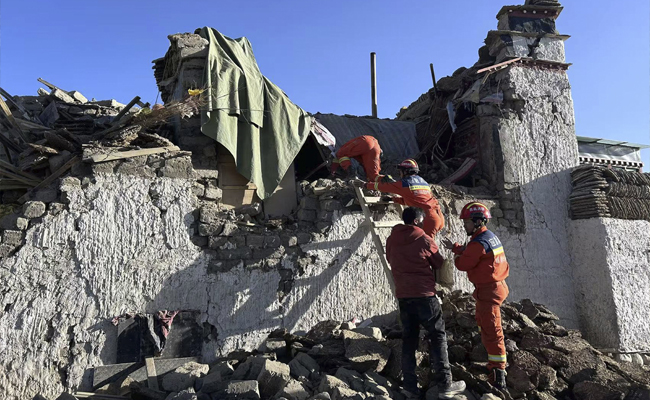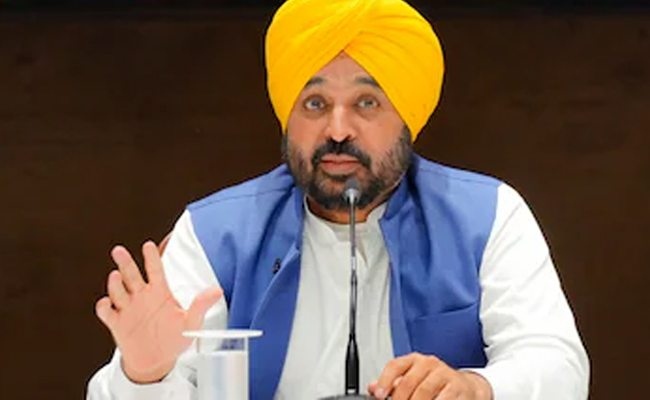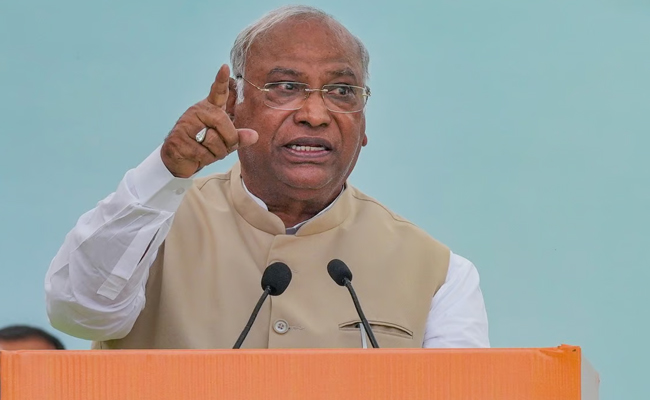Beijing (PTI): China has closed for tourists the scenic areas of its side of Mt Everest, also known as Mount Qomolangma, following a 6.8-magnitude earthquake that jolted Dingri County in the Tibet Autonomous Region on Tuesday.
Dingri is home to the base camp of the world's highest peak.
According to local authorities, the staff and tourists were in safe condition after the quake, which hit the region at 9:05 am Tuesday (Beijing Time).
Fifty-three people were killed and 62 injured in the earthquake, according to the regional disaster relief headquarters.
The hotel buildings and surrounding areas in the scenic area have remained intact, state-run Xinhua news agency reported, citing the Dingri Culture and Tourism Bureau.
However, the Qomolangma Station for Atmospheric and Environmental Research of the Chinese Academy of Sciences, located in Dingri, is experiencing a power outage. Despite this, the facilities have remained in good condition.
Located at the China-Nepal border, Mount Qomolangma reaches an altitude of more than 8,840 metres, with its northern section located in Tibet referred to as Xizang by China.
The weather forecast showed that Dingri's temperature ranged from minus 18 degrees Celsius to zero.
The Chinese side of Mount Qomolangma received 13,764 overseas tourists in 2024, more than twice the number recorded in 2023, Xinhua reported
The majority of tourists were from countries such as Singapore, Malaysia, Germany and France, according to the County Bureau of Culture and Tourism.
Let the Truth be known. If you read VB and like VB, please be a VB Supporter and Help us deliver the Truth to one and all.
Baghpat (PTI): An interstate cyber-fraud racket involved in duping people on the pretext of providing bank jobs was busted by police in this Uttar Pradesh district on Sunday with the arrest of seven people, including two women, officials said.
Police said the accused were running a fake call centre and luring job seekers from several states by issuing forged appointment letters and fabricated agreements in the name of bank recruitment, collecting large sums of money in return.
READ READ: Meat, alcohol ban at three 'holy cities' now in effect: Punjab CM Mann
Twelve mobile phones, two laptops, two SIM cards on fake names, several forged appointment letters and agreements, 15 bank passbooks, two chequebooks, UPI QR codes, ATM cards and 11 other cards were seized from the possession of the accused, police said, adding that the data of around 6,450 people from different states was found stored in the laptops.
According to the officials, the gang misused information obtained from online platforms, such as OLX and job-related websites, to target unsuspecting victims.
The racket was uncovered following complaints received on the Union home ministry's "Pratibimb" portal and subsequent technical surveillance.
Investigations revealed at least 20 complaints from various states, including Madhya Pradesh, West Bengal, Maharashtra, Chhattisgarh, Assam and Meghalaya.
The arrested accused were identified as Mohit Kumar, Puneet Kumar, Vardaan, Anuj Kumar and Akshay, besides the two women.
They were arrested at around 11:30 am from under the Eastern Peripheral Expressway in the Kotwali Baghpat area.
A case has been registered at the cyber crime police station under relevant sections of the Bharatiya Nyaya Sanhita and section 66D of the Information Technology Act, police said.





